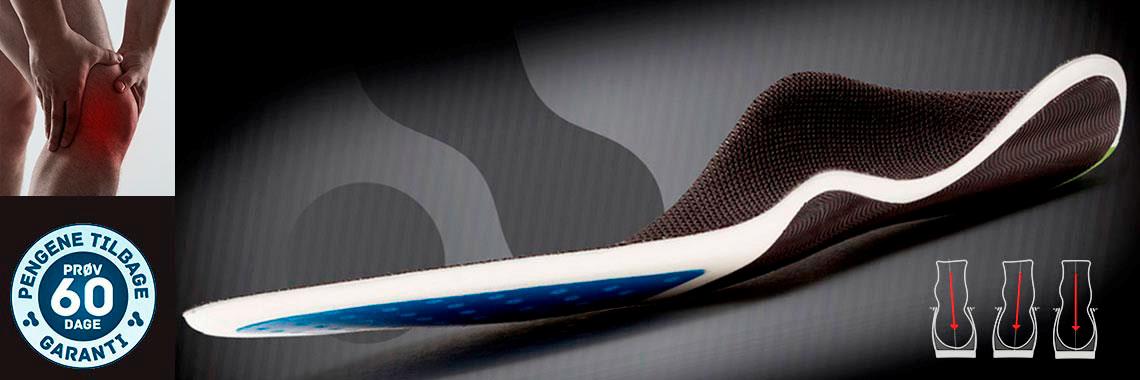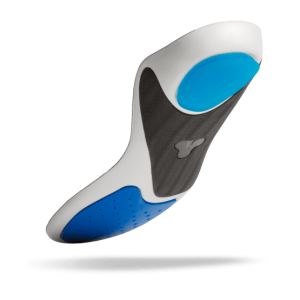
Do I have the symptoms that indicate that I have runner’s knee?
The symptoms are gradually increasing pain on the surface of the knee, which is exacerbated when you apply pressure, stretch the outer ligament (tractus iliotibialis) or run. Seek medical attention. Your doctor will often be able to make a diagnosis. If he is in any doubt about the diagnosis, he will recommend an ultrasound scan.
What causes runner’s knee?
People who run as a form of exercise and elite sportsmen and women can get runner’s knee. Runner’s knee is particularly common among long distance and marathon runners. The ailment is not uncommon in cyclists. Overpronation of the foot increases the friction between the thighbone and iliotibial ligament. In overpronation, the runner runs on the inside of the foot, i.e. the inner edge of the foot is closer to the ground than normal.
What treatment is available?
Any treatment should be undertaken in cooperation with your doctor. Treatment will usually include rest, exercises to stretch the external ligament and rehabilitation. Good shock-absorbent footwear is necessary. If the foot is misaligned, it should be corrected using shoes or insoles.
Medication is often used as supplementary treatment. Medication to reduce swelling (NSAID) is often effective. Cortisone injections are beneficial for some. Injections are often used in combination with ultra-sound treatment or an alternative form of electrotherapy. Physiotherapy in the shape of massage, exercises and stretching may be useful.
The treatment goals are to reduce discomfort and inflammation, and prevent future irritation. Treatment involves resting, running on the flat and possibly new walking and running patterns. Cyclists should try to adjust saddle height slightly downwards. When you cycle, avoid fully stretching the knee.
Facts box
- Runner’s knee is a term used to describe a sports injury affecting the outside of the knee joint
- Runner’s knee causes pain on the outside of the knee
- Pain is initially diffuse and it can often be difficult to locate the precise origin of the pain. After a while, the pain becomes more intense and with the epicentre on the bony outcrops on the outside of the knee
- This ailment is common in long distance runners and cyclists. You must change sports activities and footwear accordingly.
- In rare cases, surgery is required to split the band of connective tissue.

Align Footwear® insoles improve mobility, comfort and performance. They encourage a better posture and physical adaptation in the kinetic chain, to make you feel healthier and improve your well-being. When the insoles coax the body into a correct natural posture, the strain of each step is more evenly distributed.
Our insoles reduce the destructive shock waves running through your entire body every time your feet touch the ground. This reduces strain in your joints, muscles, tendons and ligaments.
Based on many years of research into our tri-planar points technology, we have developed a design that brings the ankle up to 32% closer to a neutral position and corrects a pronation (crooked gait) by up to 27%. The insoles also adjust the shinbone up to 40% closer to the neutral position. Ankle and shin alignment is the key to reducing pain, fatigue, pronation and supination. By giving support to the foot, we maintain full foot muscle mobility. You cannot achieve good mobility if you simply build support under the sole of the foot, e.g. with a compression pad or arch support.

60- day Refund Policy
Full satisfaction or your money back!



